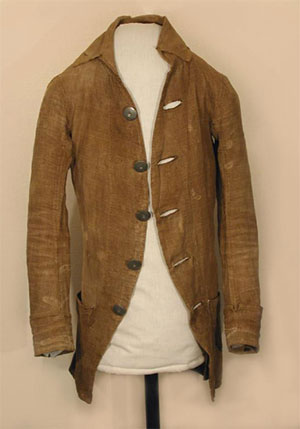I’m often asked about the research I do for my historical-fiction novels. That is determined, first, by the nature of the book I am writing. If I am trying to set a story within the context of real events, real people, in real places, that requires rather deep research. If I am only using a setting, that requires another, shallower level of research. And so forth. Being a former librarian, someone who used to teach college students how to do research, I don’t find the process difficult, and, indeed, enjoying doing it.
 Let it be acknowledged, I rarely search out original sources. That said, I did a lot of that for my book, Iron Thunder, and the Crispin books.
Let it be acknowledged, I rarely search out original sources. That said, I did a lot of that for my book, Iron Thunder, and the Crispin books.
But, someone asks, do you use the internet? For the most part, the answer is no. Still, when I need specific data, it can be very useful. If you make sure of sources, the internet can be helpful.
For example, what was the population of Boston, in 1775? (6,753) In the same fashion, I can tell you on what day July 4, 1776 fell. A Thursday. And even, if there was a celebratory march that night, what stage was the moon in North America? Almost a full moon, but waning. That kind of information, I think, can enrich my story.
But not long ago, using the internet, I located a real gem of information. In my novel I needed to describe a boy, abut thirteen years of age, and what he was wearing. Descriptions of young people’s clothing are hard to find and, when found, usually pertain to upper-class children. There are many more paintings of those kids.

But here is an image and information that came from the Connecticut Historical Society via the internet.
Boy’s Jacket Date: about 1775–1785: Primary Maker: Unknown Medium: Hand-stitched linen, with pewter buttons.
Made of brown homespun linen fabric, this jacket was found in the wall of a house in Guilford, Conn. when the building was undergoing renovation. Although shoes are occasionally found in walls of 18th century homes (a custom that may be connected to folklore or superstitions originating in the British Isles), the discovery of a full garment is extremely unusual. The coarse medium-weight fabric was undoubtedly produced locally, perhaps by the wearer’s own household, and the pewter buttons may also have been “home-made,” as the low melting point of pewter allowed for relatively simple manufacture with a button mold. The jacket documents the kind of ordinary clothing worn by a working man in the late 18th century; it is a rare survivor, in that garments of this sort were usually worn out, and at the point when they could no longer be repaired, the linen fabric was sold to rag dealers for paper-making. There is obvious wear and some damage to this jacket, however, given its history of use and circumstance of its preservation, it is in surprisingly good condition.
1 thought on “Finding a Gem of Information”
That jacket is amazing. A copy of “The Dictionary of Costume” is on my personal research shelf. I refer to it often when writing. Clothing/underwear/hates/etc. for men, women, and children are divided into centuries and then decades and labeled with the types (names, fabrics, styles, etc.) used, including sketches. But finding things in museums is excellent for discovering the color and texture of the clothing.